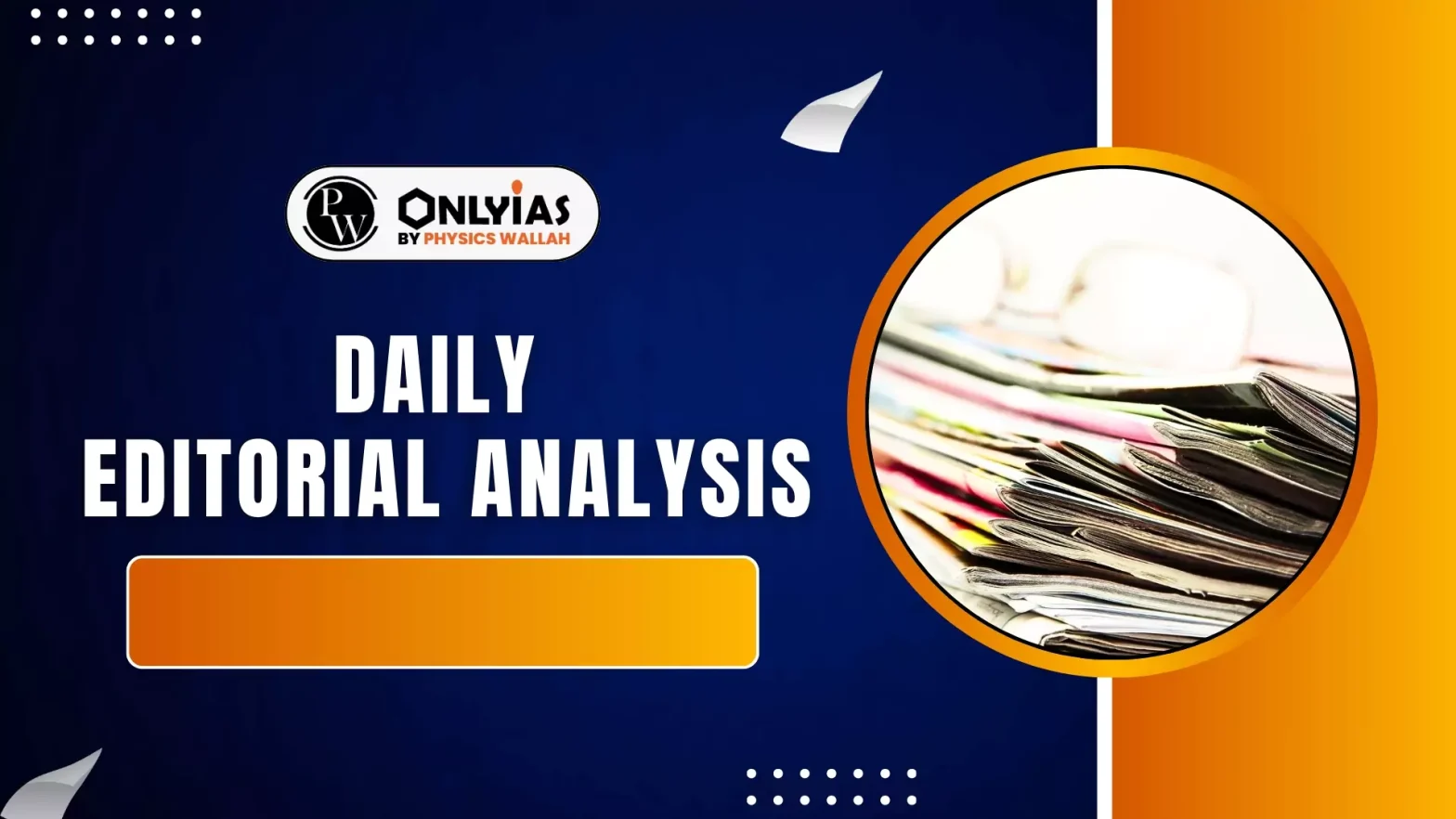On August 11, 2025, the central government implored India’s seafood industry to “bravely face” the U.S. ‘s tariffs of 25% that kicked in on August 7, 2025.
- It is also being said that the government is exploring “tweaking” the Export Promotion Mission (EPM), which was announced in the 2025 Union Budget.
The Immediate Crisis: US Tariffs and their Impact
- Rising Costs and Competitiveness Issues: The seafood industry, which provides livelihoods to approximately 28 million people, has been directly hit.
- For instance, Indian shrimp that previously sold for $100 in the US market would now cost $125 due to the tariff.
- If additional tariffs are imposed, this price could skyrocket to $150, making Indian products uncompetitive.
- The US is a significant market for Indian seafood, accounting for 30% to 35% of India’s total seafood exports.
- MSME’s affected: Overall, the US accounts for roughly one-third of India’s apparel and seafood exports annually.
- These two sectors are largely driven by Micro, Small, and Medium Enterprises (MSMEs).
- MSMEs contribute nearly half (45.79% in FY25) of India’s goods exports and employ over 280 million people.
Government’s Response and Support Measures
- Changes in EPM: The Indian government is tweaking its earlier plans for an Export Promotion Mission to make it more targeted towards specific sectors in the wake of the increased tariffs imposed by the U.S. on imports from India
- About EPM: The EPM, originally announced in the 2025 Union Budget with an outlay of ₹2,250 crore, is a multi-ministry initiative designed to support MSMEs in exports.
- Significance of EPM: The EPM objectives include improving access to export credit, enabling cross-border factoring, and assisting with non-tariff barriers to benefit Micro, Small, and Medium Enterprises across the country.
- Inclusion of other sectors: Initially, the EPM was to be driven by the Ministries of Commerce, MSME, and Finance.
- However, discussions are underway to include the Textiles and Fisheries Ministries, given their significant impact from the tariffs.
Industry Demands In the Backdrop of Rising Tariffs
- Fisheries Sector: The fisheries sector has requested a 240-day moratorium on pre- and post-shipment credit repayment.
- They seek a temporary halt on loan repayments from the government for export-related activities during this difficult period.
- Textiles, apparel, and gem and jewellery: These sectors are seeking interest subvention.
- They want the government to subsidise a portion of their loan interest rates, reducing their financial burden.
- However, the government has ruled out direct subsidies, possibly to avoid potential challenges at the World Trade Organisation (WTO).
Deterioration of India–US Relations and Emerging Vulnerabilities
- Deterioration of trade relations: Some experts contend that India-US bilateral relations have arguably fallen to a level lower than during the Cold War.
- During the Cold War, despite being in different camps, the two economies were not as deeply integrated as they are now, economically, culturally, and militarily.
- Supply Chain Development: Building new supply chains and trade routes takes decades, and it is not feasible to undo them overnight.
- Example: Europe’s continued reliance on Russian oil despite sanctions, and global dependence on rare earth elements from China, highlighting the deep-rooted nature of established trade relationships.
- Over Reliance on US: India’s “over-reliance” on the US, particularly as a QUAD partner and a strategic counter to China, is now revealing its vulnerabilities.
- India’s focus on cultivating ties with Washington led it to “completely ignore” China, a strategy that is now being questioned.
Conclusion
India must now pragmatically assess its economic interests. It is crucial for India to explore new trade avenues, particularly with China.
- The current tariffs imposed by the US are not just economic challenges but also a stark reminder of the need for diversification, strategic foresight, and a pragmatic approach to international trade relations.
![]() 16 Aug 2025
16 Aug 2025

